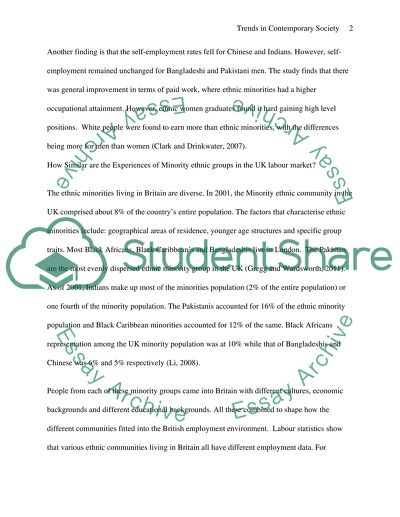Cite this document
(“Trends in contemporary society Essay Example | Topics and Well Written Essays - 1500 words”, n.d.)
Retrieved from https://studentshare.org/environmental-studies/1419300-trends-in-contemporary-society
Retrieved from https://studentshare.org/environmental-studies/1419300-trends-in-contemporary-society
(Trends in Contemporary Society Essay Example | Topics and Well Written Essays - 1500 Words)
https://studentshare.org/environmental-studies/1419300-trends-in-contemporary-society.
https://studentshare.org/environmental-studies/1419300-trends-in-contemporary-society.
“Trends in Contemporary Society Essay Example | Topics and Well Written Essays - 1500 Words”, n.d. https://studentshare.org/environmental-studies/1419300-trends-in-contemporary-society.


